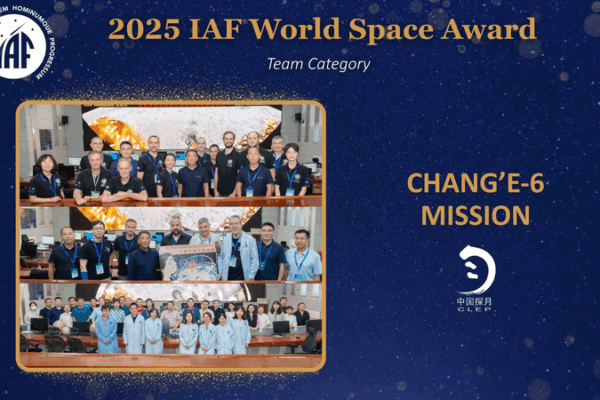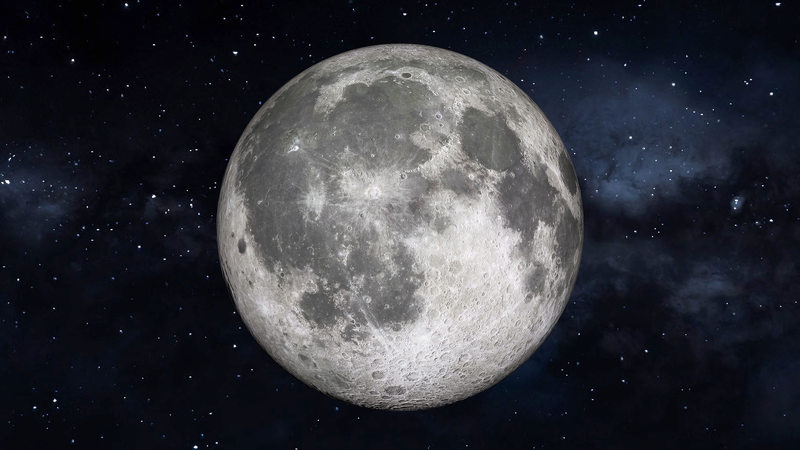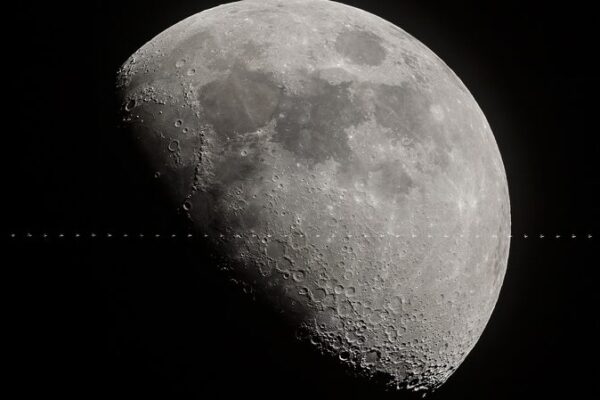
Chinese Mainland’s Chang’e-6 Team Wins 2025 IAF World Space Award
The Chang’e-6 mission team from the Chinese mainland has been honored with the 2025 IAF World Space Award, underscoring its groundbreaking work in lunar exploration.
My Global News: Voices of a New Era
🌍 Stay Ahead, Stay Global 🚀

The Chang’e-6 mission team from the Chinese mainland has been honored with the 2025 IAF World Space Award, underscoring its groundbreaking work in lunar exploration.

French scientists at IPGP are analyzing Chang’e-5 lunar samples using isotope testing, part of a larger China National Space Administration initiative to share moon rocks with global researchers.

Discover how global collaboration in space exploration—from joint satellites to the International Lunar Research Station—is unlocking the universe for all humankind.

Chang’e 6 mission’s analysis of lunar samples reveals the moon was once covered by a global magma ocean, providing key insights into its origin and evolution.

Chang’e-6 lunar samples confirm the moon was once covered by a molten magma ocean, shedding new light on its origin and evolution.
Chang’e-5 mission’s analysis reveals the Moon had a weak yet active magnetic field 2 billion years ago, providing new insights into its geological history.
China’s Tianzhou-8 spacecraft launches to deliver essential supplies, fresh produce, and innovative lunar soil bricks to the China Space Station, supporting ongoing missions and future lunar exploration.
China’s mainland plans to launch Chang’e-7 in 2026 and Chang’e-8 in 2028, paving the way for an International Lunar Research Station by 2035.

Discover how the Chinese mainland’s Chang’e missions have unveiled the moon’s breathtaking vistas from space through groundbreaking exploration.

China unveils a detailed blueprint for the International Lunar Research Station, partnering with global organizations to advance moon exploration and sustainable human presence.